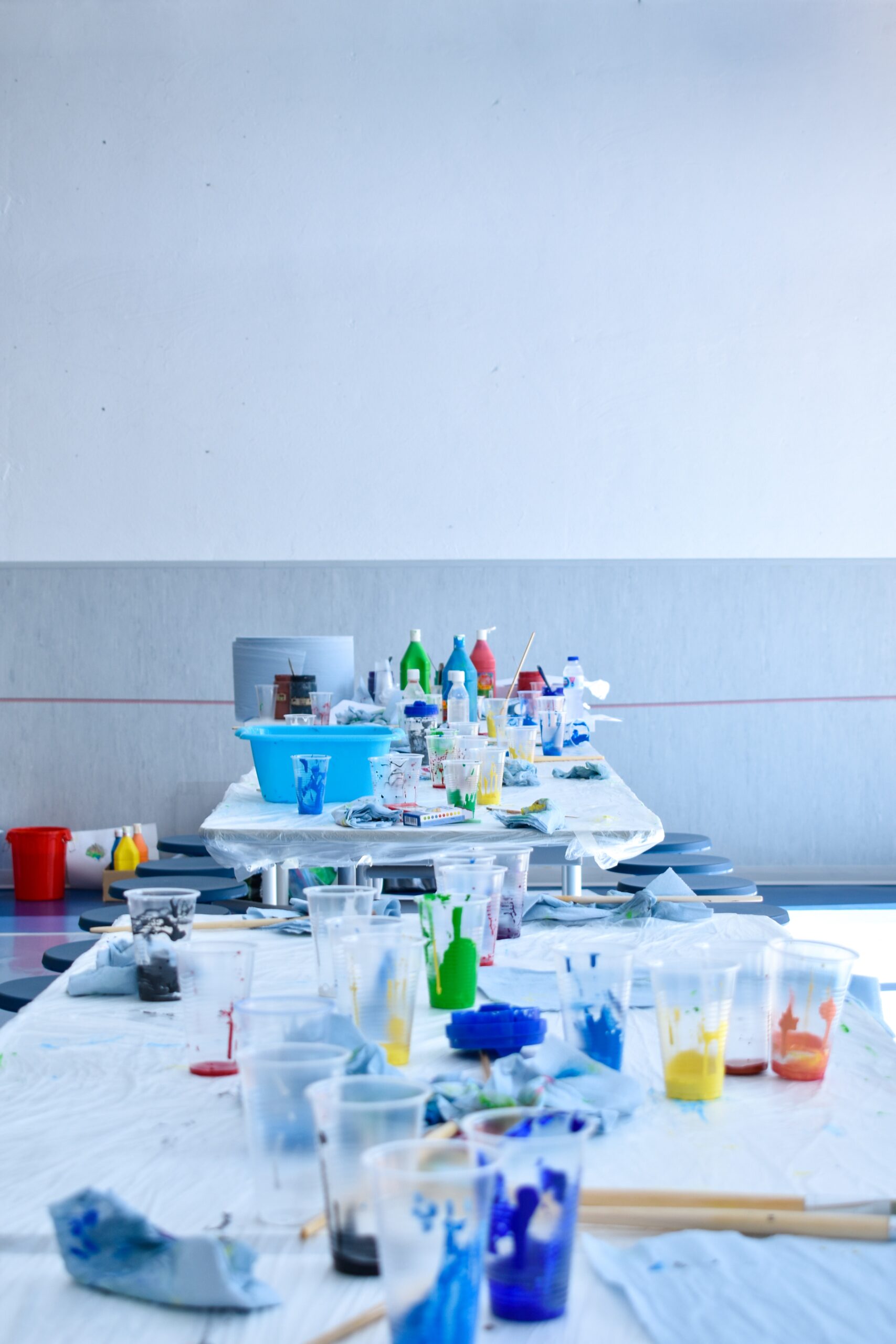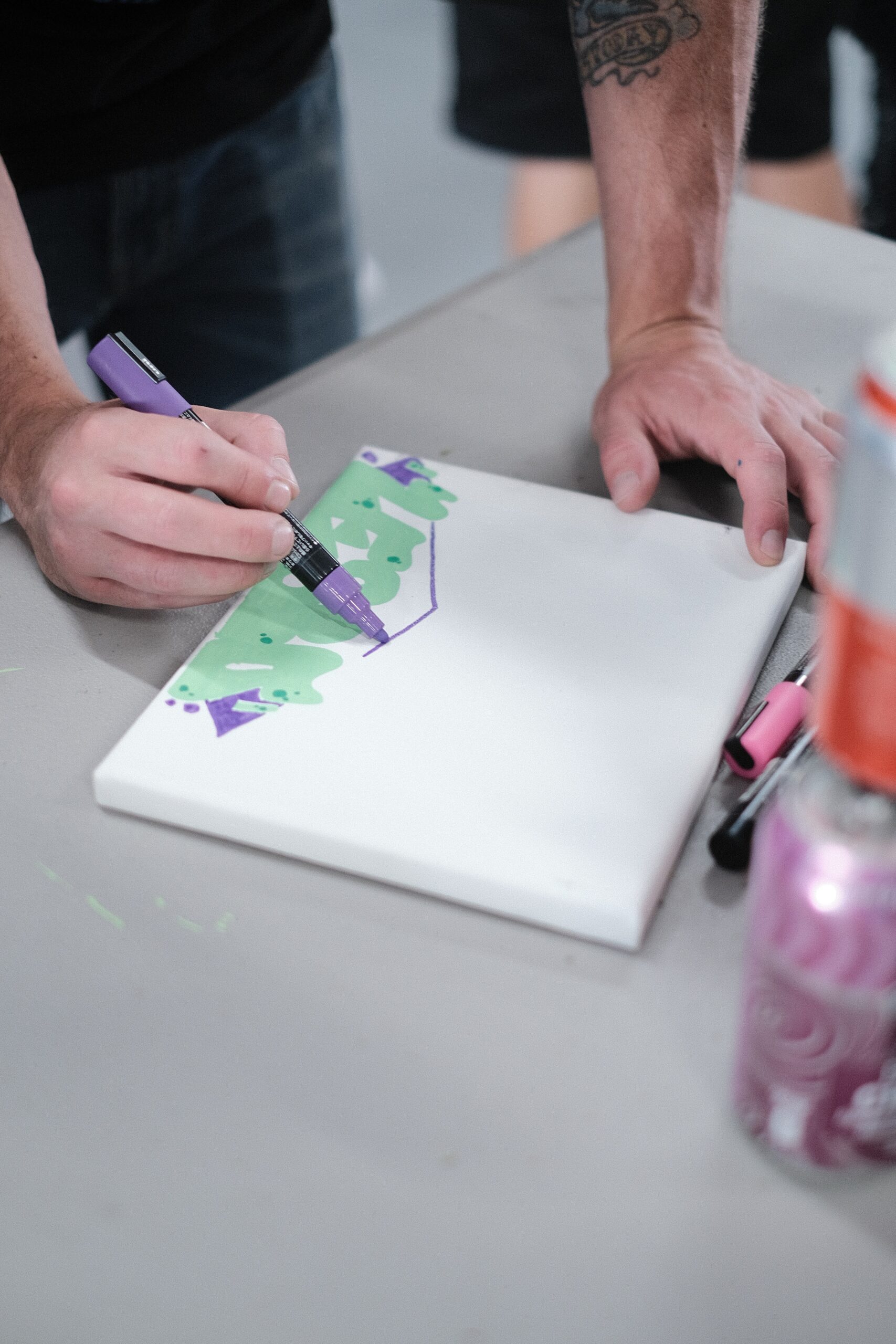Acrylic painting is a popular medium amongst artists for its versatility and vibrant hues. However, to ensure the longevity and preservation of these artworks, it is important to understand the significance of an isolation coat. An isolation coat for acrylic painting acts as a protective layer, separating the artwork from subsequent layers such as varnish. This transparent layer not only enhances the colors and texture of the painting but also safeguards it from potential environmental damage, ensuring its longevity and quality over time. In this article, we will explore the purpose and benefits of using an isolation coat in acrylic painting.
What Is an Isolation Coat for Acrylic Painting
Overview
Acrylic painting is a popular medium known for its vibrant colors and versatility. However, it is also susceptible to damage over time if not properly protected. This is where an isolation coat comes into play. An isolation coat is a clear, protective layer that artists apply to their acrylic paintings to preserve the colors, prevent damage, and enhance durability. In this comprehensive article, we will explore the purpose, definition, benefits, materials needed, preparation, application, drying time, layering techniques, and conclude with the importance of using an isolation coat in acrylic painting.
Purpose
The primary purpose of an isolation coat is to protect the painting itself. Acrylic paintings are prone to damage from various environmental factors, such as dirt, dust, moisture, and UV rays. By applying an isolation coat, artists create a barrier between the painting and potential contaminants, preventing them from directly touching the artwork.
Furthermore, an isolation coat also serves as a way to enhance the painting’s durability. The isolation coat acts as an additional layer, providing extra protection against physical wear and tear, making the artwork easier to clean and restoring its original beauty if necessary.

This image is property of images.unsplash.com.
Definition
An isolation coat is a clear layer that artists apply to their acrylic paintings after the paint has dried. It is made by mixing an acrylic polymer medium with water and is usually applied thinly and evenly across the entire surface of the painting.
The composition and characteristics of an isolation coat ensure its effectiveness in protecting and preserving the artwork. It is important to note that the isolation coat is different from the final varnish or protective topcoat. While the isolation coat serves as a preparatory layer, the final varnish is added after the painting and isolation coat are completely dry to provide a glossy or matte finish and additional protection.
Benefits
Using an isolation coat offers several benefits to acrylic painters. First and foremost, it helps preserve the colors of the artwork. The isolation coat acts as a barrier, preventing the colors from fading or becoming dull over time. This is especially crucial when considering the exposure of the painting to UV rays, which can cause irreversible damage to the pigments.
Additionally, the isolation coat ensures protection against UV rays. Many acrylic pigments are vulnerable to ultraviolet light, which can lead to discoloration or fading. By applying an isolation coat, artists can minimize the potential effects of UV rays and extend the longevity of their paintings.
Another advantage of using an isolation coat is that it helps prevent sticking or smudging. Acrylic paints, especially when left unvarnished, can have a slightly tacky surface even after drying. This makes it susceptible to attracting dirt, dust, or other particles that may adhere to the painting. The isolation coat creates a smooth, non-sticky surface, reducing the chances of unwanted substances sticking to the artwork.
Furthermore, the isolation coat makes the cleaning and restoration process easier. If the painting gets dirty or needs minor touch-ups, having an isolation coat allows for gentle cleaning without affecting the underlying layers of paint. It acts as a sacrificial layer, protecting the artwork while maintaining its integrity.

This image is property of images.unsplash.com.
Materials Needed
To apply an isolation coat, you will need a few essential materials. These are:
-
Acrylic Polymer Medium: This serves as the main component of the isolation coat. Acrylic polymer mediums are widely available in art supply stores and come in various finishes, such as gloss or matte. Choose a medium that matches your desired final result.
-
Soft Synthetic Brush: A soft, synthetic brush is ideal for applying the isolation coat evenly without leaving brush strokes. Look for brushes specifically designed for acrylic paints.
-
Palette Knife: A palette knife can be used to mix the isolation coat thoroughly and remove any air bubbles. It also comes in handy when applying the isolation coat using the palette knife technique.
-
Clean Cloth or Sponge: You will need a clean cloth or sponge to wipe away any excess isolation coat or clean up spills during the application process.
-
Clean Water: Having clean water on hand is essential for rinsing brushes and maintaining the consistency of the isolation coat.
Preparation
Before applying the isolation coat, proper surface preparation is crucial. Ensure that the painting is clean and free from any dust or debris. It is recommended to use a soft, lint-free cloth to gently wipe the surface and remove any loose particles.
Next, mix the isolation coat by adding the acrylic polymer medium to clean water. Follow the manufacturer’s instructions for the correct ratio, as it may vary depending on the brand or type of medium used. Use a palette knife to thoroughly mix the solution until it has a consistent texture.
It is advisable to test the isolation coat on a small, inconspicuous area of the painting before applying it to the entire surface. This will help you gauge the effect and ensure compatibility between the isolation coat and the paint layers.

This image is property of images.unsplash.com.
Application
When applying the isolation coat, there are different methods you can use, such as brush application or palette knife application. Choose the method that best suits your desired outcome and the nature of the painting.
For brush application, use a soft synthetic brush and apply the isolation coat in even and thin coats. Start from one edge of the painting and work your way across to prevent any visible brush strokes. Be diligent in covering the entire surface evenly and avoid leaving any areas uncoated.
If you prefer the palette knife technique, use a clean palette knife to scoop up a small amount of the isolation coat and spread it thinly across the painting. This technique can create interesting texture variations and mimic brushstrokes.
When applying the isolation coat, it is crucial to avoid creating bubbles or puddles. Bubbles can be removed by gently blowing on them or using a clean cloth or sponge to lift them off the surface. Puddles of excess coat should be carefully removed by dabbing them with a clean cloth or sponge.
Pay close attention to the consistency of the isolation coat. It should be fluid enough to spread easily but not too watery. If the coat is too thick, it may leave visible brush marks or texture on the painting. If it’s too thin, it may not provide adequate protection. The drying time of the isolation coat will vary depending on the thickness applied and environmental factors.
Drying Time
The drying time of the isolation coat is influenced by various environmental factors, such as temperature, humidity, and ventilation. In general, it is recommended to wait at least 24 hours before proceeding with subsequent layers or applying the final varnish.
To test the dryness of the isolation coat, lightly touch a small, inconspicuous area with the back of your finger. If it feels dry and does not smudge or stick, it is safe to progress to the next step. If it is still slightly tacky, give it more time to dry before moving forward.

Layering Techniques
After the isolation coat has dried, artists may choose to apply additional layers of paint or varnish to achieve different effects or protect the artwork further. Layering techniques can involve glazing, scumbling, or even adding texture to the surface. Experimentation with layering can add depth and complexity to the painting.
Conclusion
In conclusion, an isolation coat serves as a vital protective layer for acrylic paintings. By applying this clear barrier, artists can preserve the colors, protect against UV rays, prevent sticking or smudging, and facilitate easy cleaning and restoration. When considering the long-term protection and maintaining the artistic integrity of acrylic paintings, the use of an isolation coat is highly recommended. So, ensure that your artworks stand the test of time by incorporating an isolation coat into your acrylic painting process.




